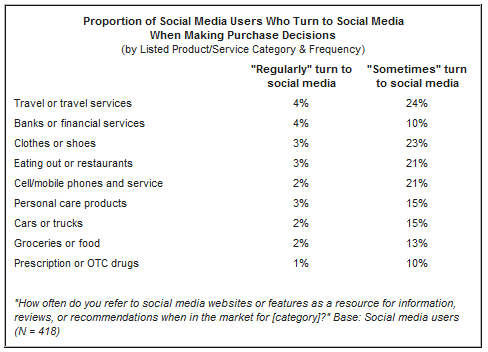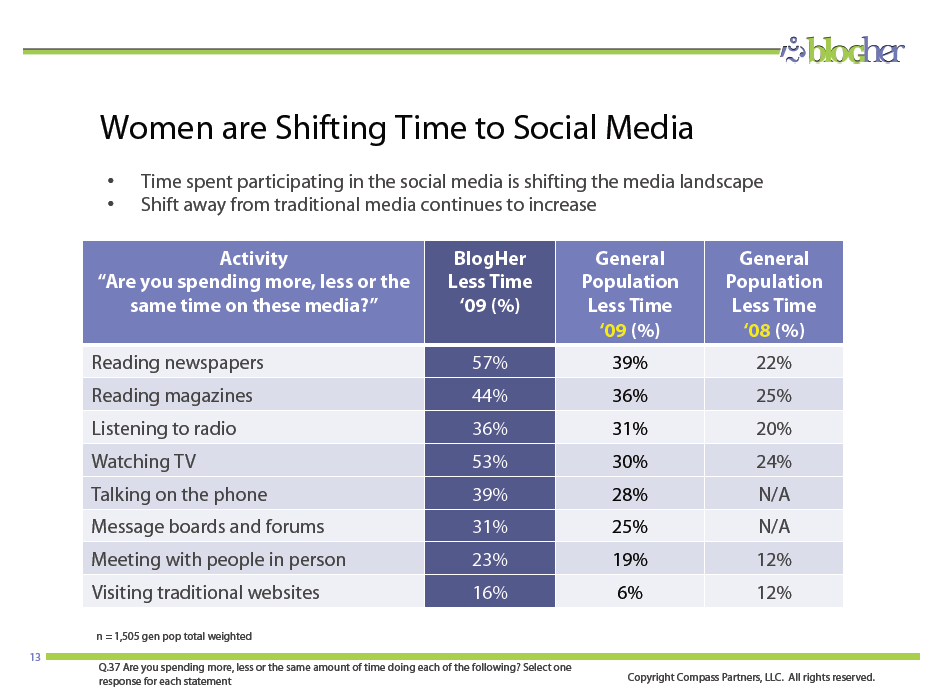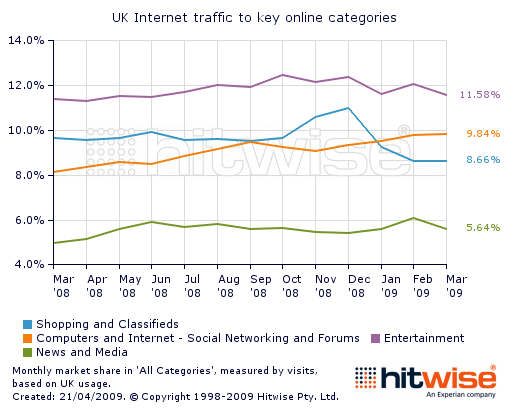The challenge for social media will remain to find ways to monetize platforms best way. Now, facing Twitter, Facebook, MySpace, LinkedIn, or any other social- or business network there is probably nothing shorter than their best practice list on monetizing social media business. Still there is banner-, text- or link advertising as the prominent revenue stream. Nobody really finds the right turn for a profitable and successful revenue model.
Now, let’s take a wild ‘think-tank’ approach… Is a business model like the ‘Pay-Per-X’ Murdoch TV business models (i.e. Sky TV) a solution? A company which ties together or combines social networks to a bundle and offers those on a paid subscription basis?
When we started silicon nearly a decade ago as a closed b2b IT community (see picture), social media and web 2.0 did not even have a name or definition. In those days we thought about offering silicon as a paid subscriber community for IT and business decision makers. Obviously the idea was to make our investors and share holders happy ‘asap’ by monetizing the business modell best way.  But web days were too young for such an approach, paid content was seen as ‘boo’ and we were fighting against old media that gave ad space away for free in order to save their ‘powerful-print-publisher-position’ in the market. Paid content models were not embraced with open arms by (business) user. The appearance of an evangelist was even worse in the user’s eye. Today every adolescent knows about online communities and their use is paid for by parents. They are about to accepted spending money with their credit card for their children networking.
But web days were too young for such an approach, paid content was seen as ‘boo’ and we were fighting against old media that gave ad space away for free in order to save their ‘powerful-print-publisher-position’ in the market. Paid content models were not embraced with open arms by (business) user. The appearance of an evangelist was even worse in the user’s eye. Today every adolescent knows about online communities and their use is paid for by parents. They are about to accepted spending money with their credit card for their children networking.
Surprisingly enough, most of the leading social and business networks as well as any other communities don’t want to touch the monetizing issue ‘premium-subscriber’ or ‘paid communities’. In the past as well as today it is the art of financing social- and business networks not only by revenue streams coming from the classical (banner-) advertising or cpx model because for social networks as well as for any other business counts: profit is a liability. A critical business model is, if users just love but are not willing to pay for it. Nevertheless, investors and the providers need to re-finance the business and ideally make it profitable. Altruism is nice but in our modern common era it does not exist anymore, and in business never did.
So, what if social media platforms were only offered as a subscription model? Let’s give the responsible company the title: The Social Globe. The business area of this company would be defined with the following definition…
The Social Globe is the leading pay-social-media company. The business segment of The Social Globe relies on the credo that pay-social-networks can only be successful as a broad offer of high-quality and exclusive community content. Social networks on subscription basis is the main business of The Social Globe. Furthermore, The Social Globe offers its subscribers an attractive value of business communities, corporate networks, micro-blogging services and so on with the option to subscribe to single- as well as pay-per-use services. The company carries the open networking, markets the lineup of all social networks and provides a world-class service around the planet.
Facebook Connect could be the door opener for this kind of open marketing via The Social Globe for the users (and also solve some security issues). Whoever wants to use social networks in the future has to pay a certain mite per month and intensity of use. These subscriber packages are targeted to business or private user or as topic packages – nice portions with attractive subscription offers and reasonable offers, or as single use offers. Would the users pay one to ten EURO if the social or business network is useful for them? Probably…
If providers and investors of social media platforms want to see reasonable profits they need to make their users pay for the quality platforms they get offered – on a long-tail view, advertising and co-operations are too heavily depending on global and regional fluctuations of marketing budgets and the world-wide economic situation. If the financial situation for social media remains as it is today, a positive view of the future will be a distant prospect. XING did it right when taking 5 EURO from their premium-users – but no other social network seems to be following. OK, XING wanted money from their users from the very start… a clever move!
Nevertheless, other social networks do have to follow if they don’t want to run out of money and face a ‘internet-crash-reloaded’. A big user and interest database -and most of the social networks are nothing more and nothing less in most cases- is nice to have but somebody has to pay for the efforts the providers are offering. Otherwise these business models are worthless, or let’s say, not really of value.
The saying “Free things always hurt!” has it’s rights. The power user will be paying, the ‘normal user’ needs to be made visible that there is a surplus value in social networks. Then this user will be paying as well – or this person will not be of real value for providing the platform. And if ‘word-of-mouth’ marketing works, then friends and peers will be getting this normal user to pay who once unsubscribed as of financial reasons. As this person will not be able to follow the offline conversation if he is not part of the online community. These people will become unpopular, or not…?
Spot On!
The surplus value of a subscriber model for social media platforms is huge and the ‘funding’ as well as the ‘revenue increase’ as well. What value do 140 million users have if the business model will not be flying in the sense of incoming revenues. If The Social Globe just turns 30% of the users of this social network to paid users the providers have 40 mio. EURO more to elaborate an even more powerful platform. Ad and newsletter formats would continue to serve as additional revenue streams but not as the only and leading ones. The Social Globe could tie all together and split revenues according to traffic.
Just utopia or is ‘The Social Globe’ a viable vision?
 Monetizing social networking platforms still is one of the biggest challenges in social media. Now, if we have a close look at Reuters, Myspace and Twitter are planning new monetization models: Myspace becoming a place for video gamers and Twitter offering add-on services for business? If the Twitter plan will become the future for this social network, the founders need to think around different access prizing strategies in order not to loose the people that co-founded the business: small companies and bloggers.
Monetizing social networking platforms still is one of the biggest challenges in social media. Now, if we have a close look at Reuters, Myspace and Twitter are planning new monetization models: Myspace becoming a place for video gamers and Twitter offering add-on services for business? If the Twitter plan will become the future for this social network, the founders need to think around different access prizing strategies in order not to loose the people that co-founded the business: small companies and bloggers.









